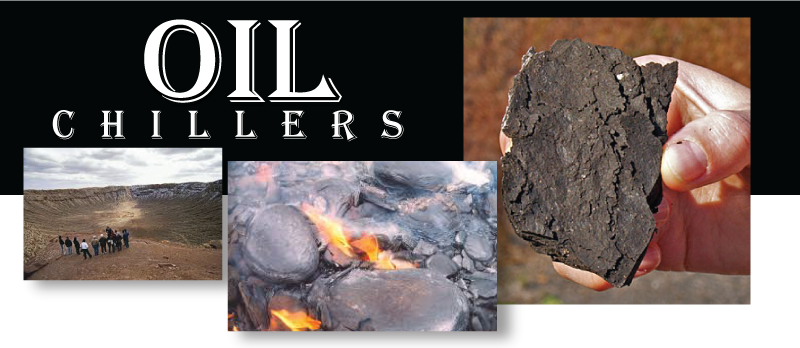There are many theories about how oil is created. Two major theories explain how oil is formed. One theory states oil is from dead aquatic life, while the other theory states oil has been around from the beginning of the Earth’s formation. The leading theorists believe dead organic particulates have accumulated on the bottom of bodies of water mixing with the mud and sand. Over many years, the heat and pressure of sediment layers, piling on top of each other, transforms the organic particulates into a dark and waxy substance called kerogen.
Kerogen is an organic compound that makes up some portion of sedimentary rocks. It is insoluble in normal organic solvents because of it’s a high molecular weight. The fossil fuels in kerogen are released via natural gas. Shales can be rich in kerogens and may release their natural gases in a form of oil shale. Oil shale is fine grained. Because of this combination of liquid and solid matter these rocks can be set on fire and burn.
The “biogenic theory” covers the belief that oil is created by organic material. This theory was first introduced by Russian scientists named Alexander von Humboldt and Dimitri Mendeleev. Jump forward to the 1950’s, and scientists started questioning this traditional view. The “abiogenic” theory started to emerge. This theory states that petroleum formed from impact of debris to form underground pools. Some geologists have searched impact craters for traces of oil to try and prove this theory.
Abiogenic oil has been found near, or close to craters. But it has not been commercially profitable. It is still a question whether abiotic oils can be harnessed, located, and used for petroleum industries. These new sources of oil could allow for an increase in available oil nationwide.

